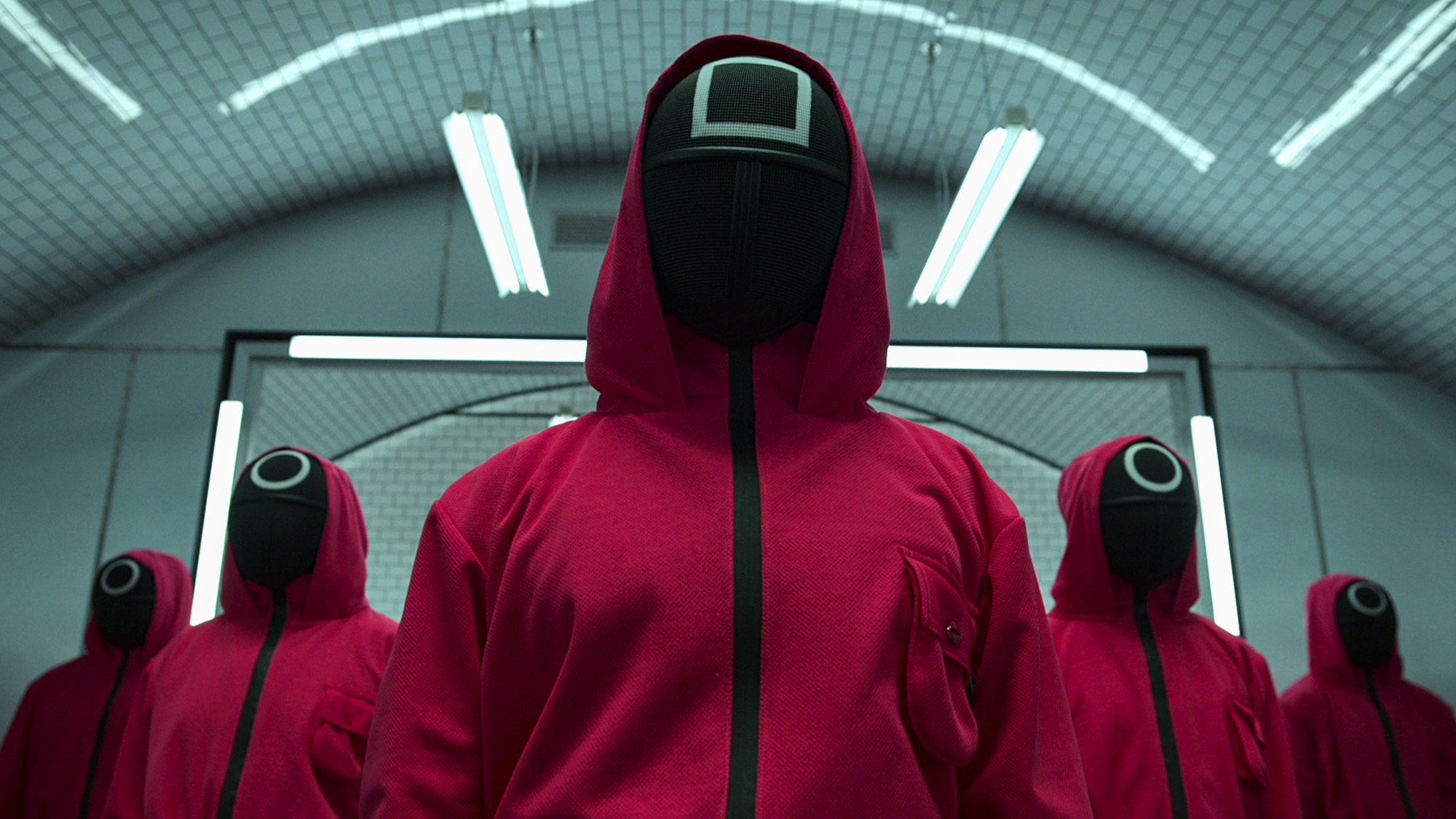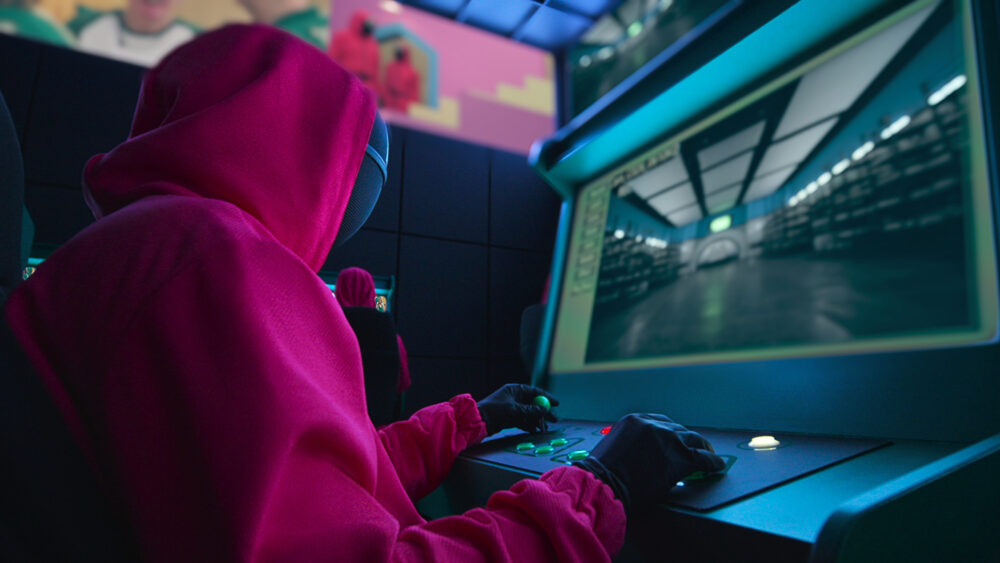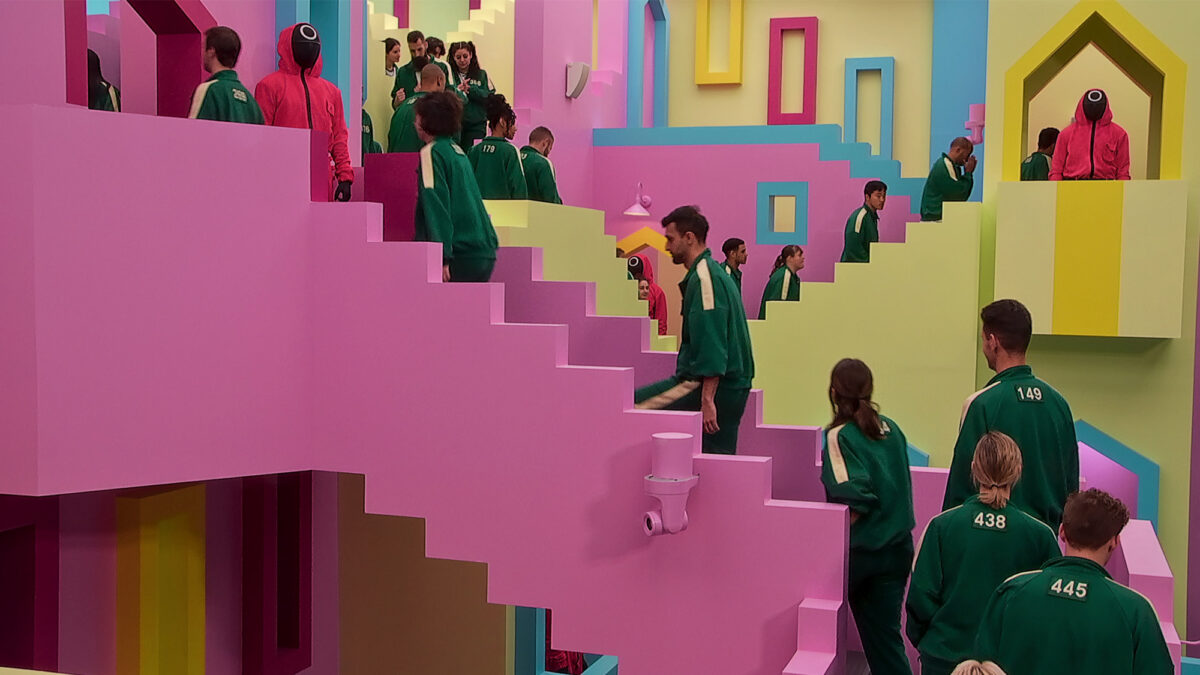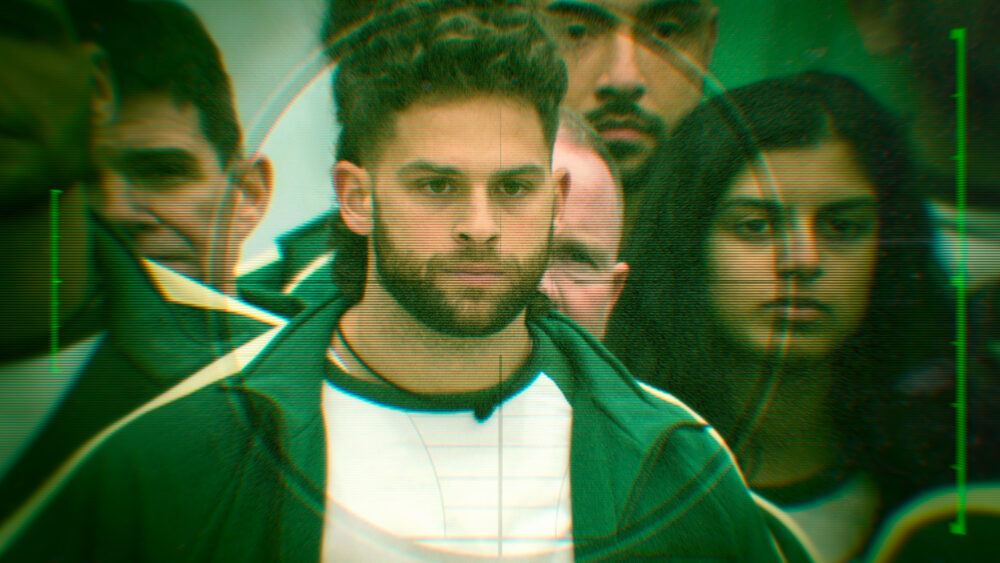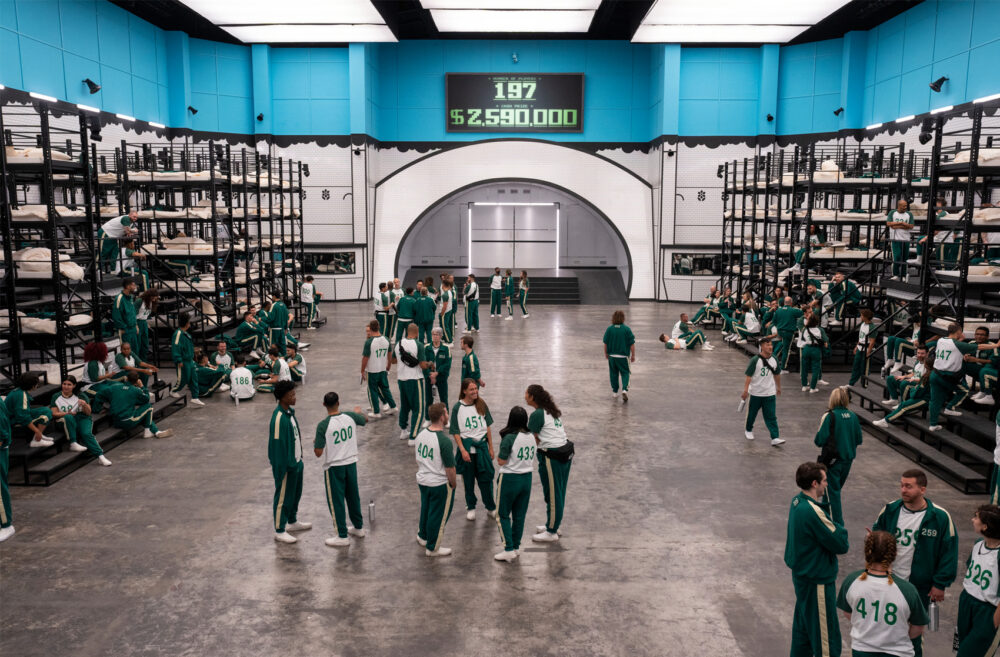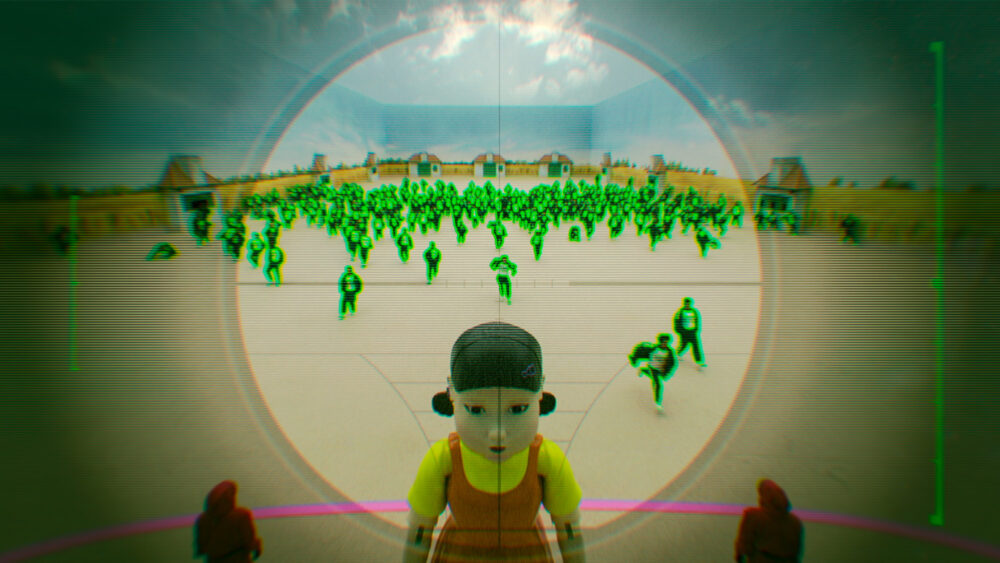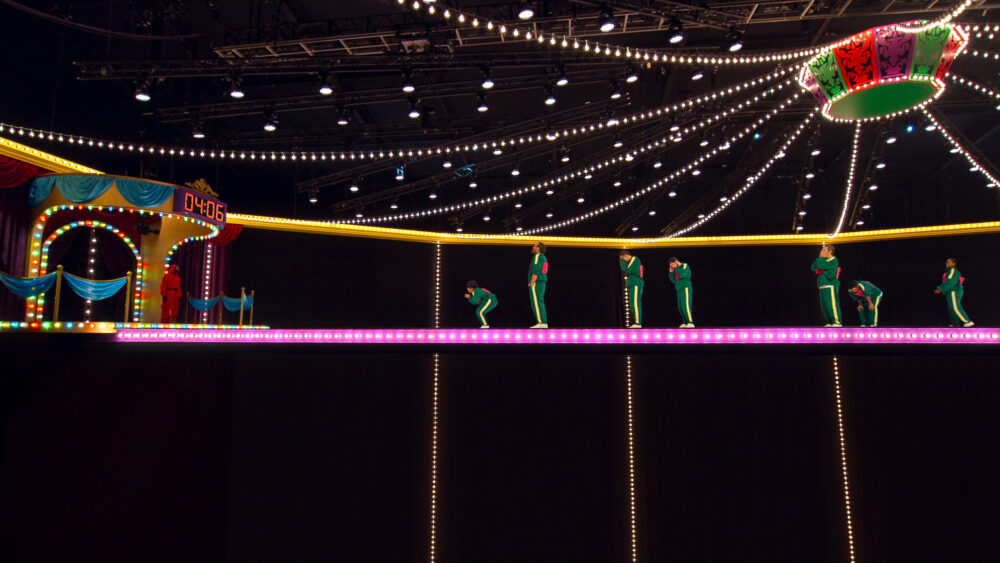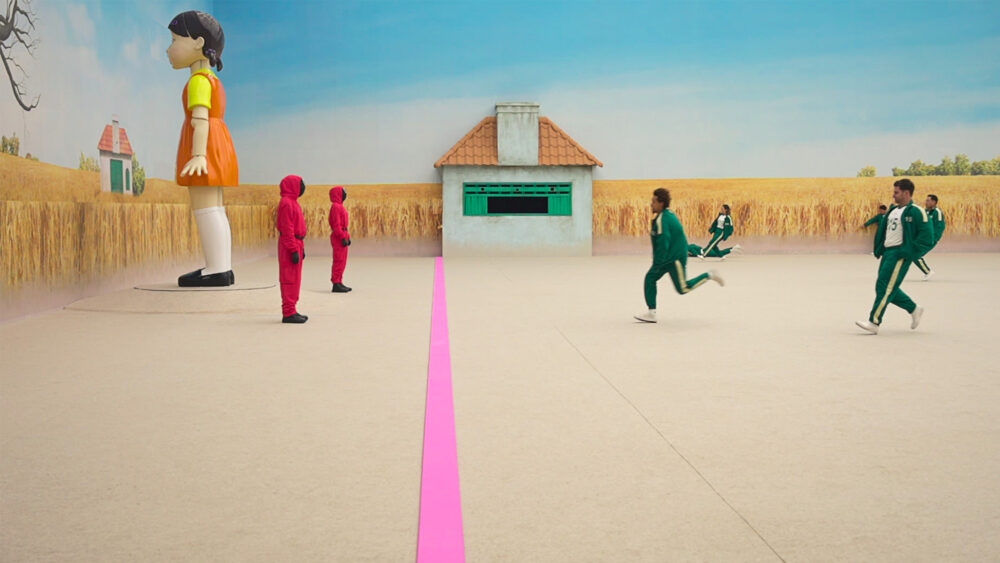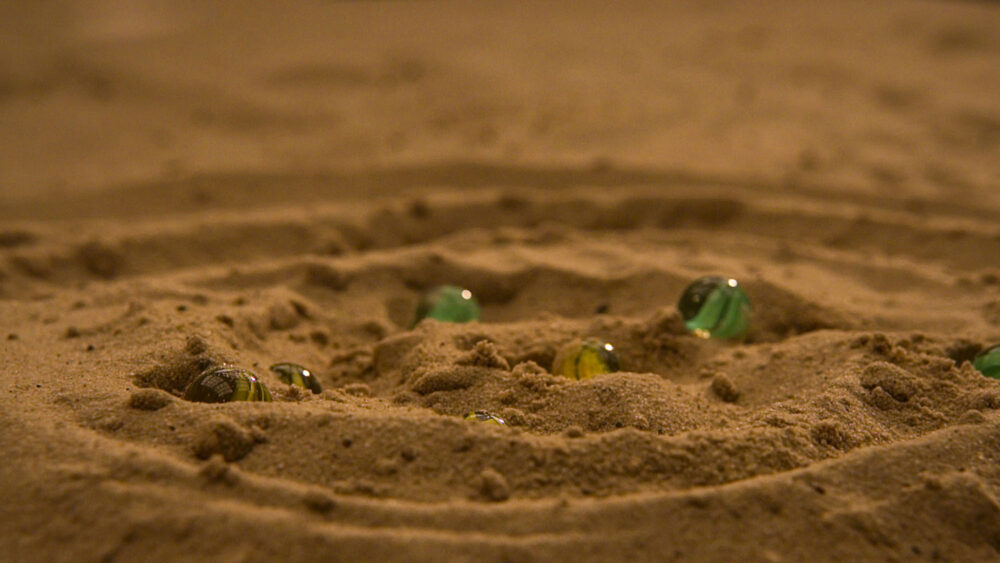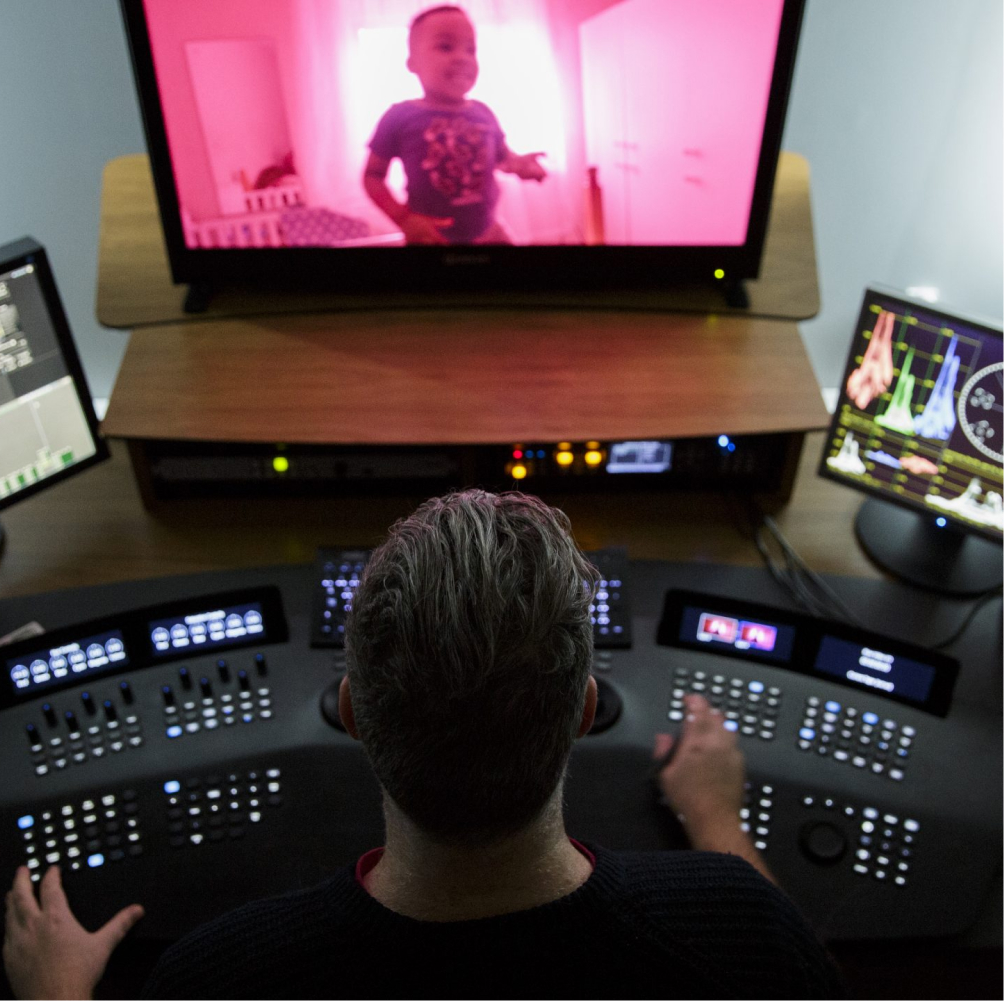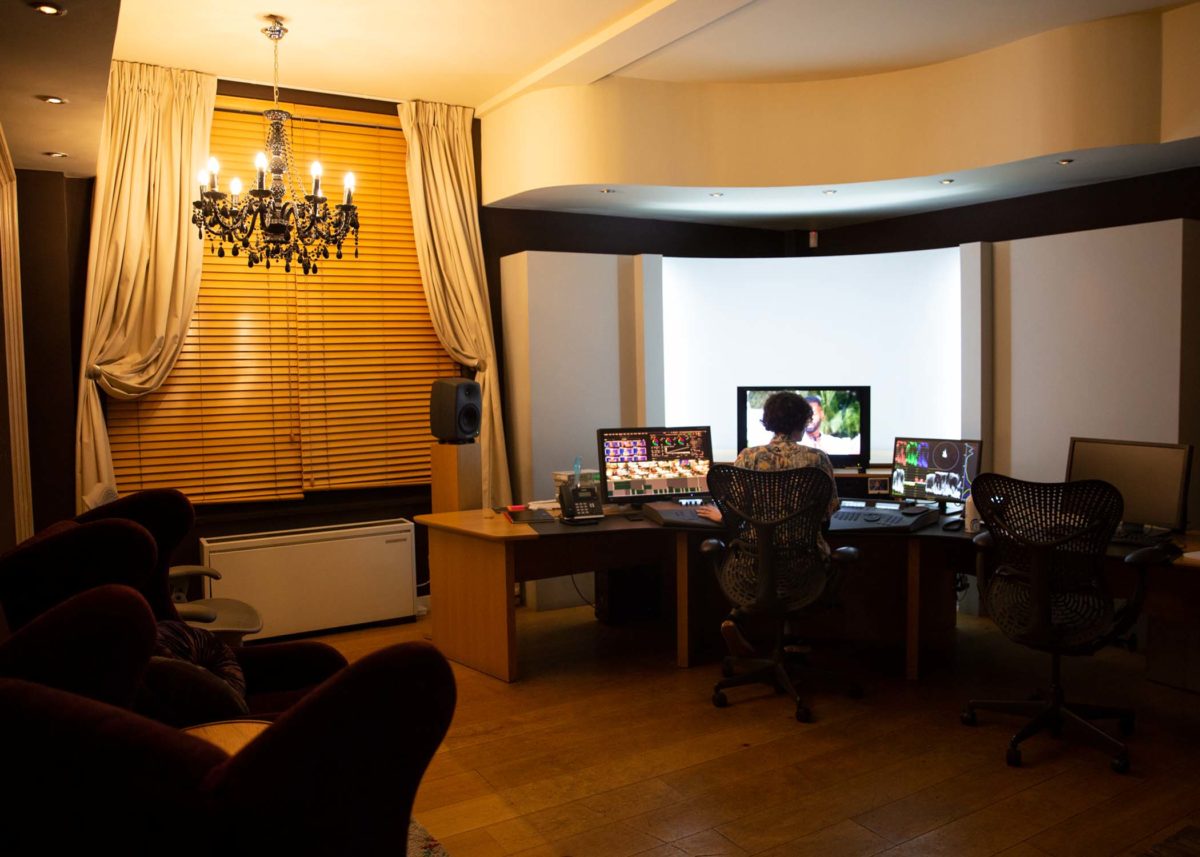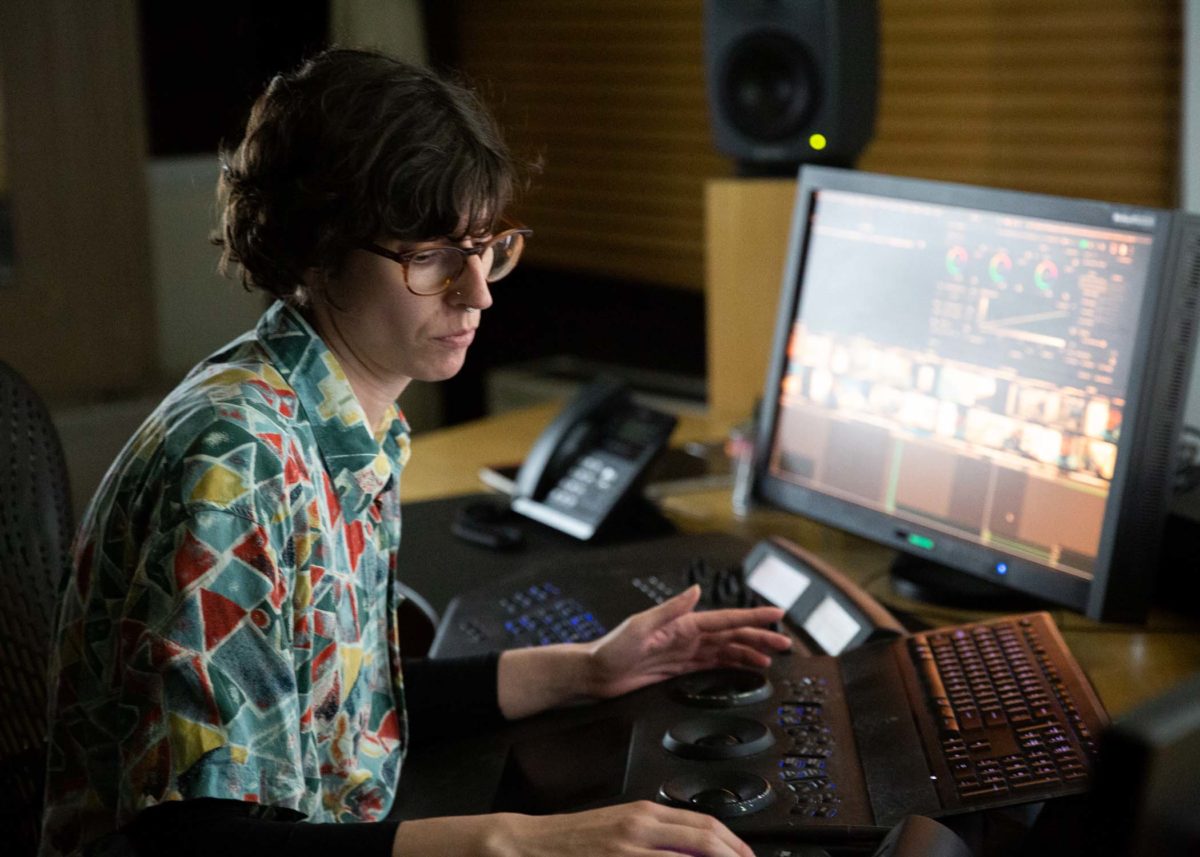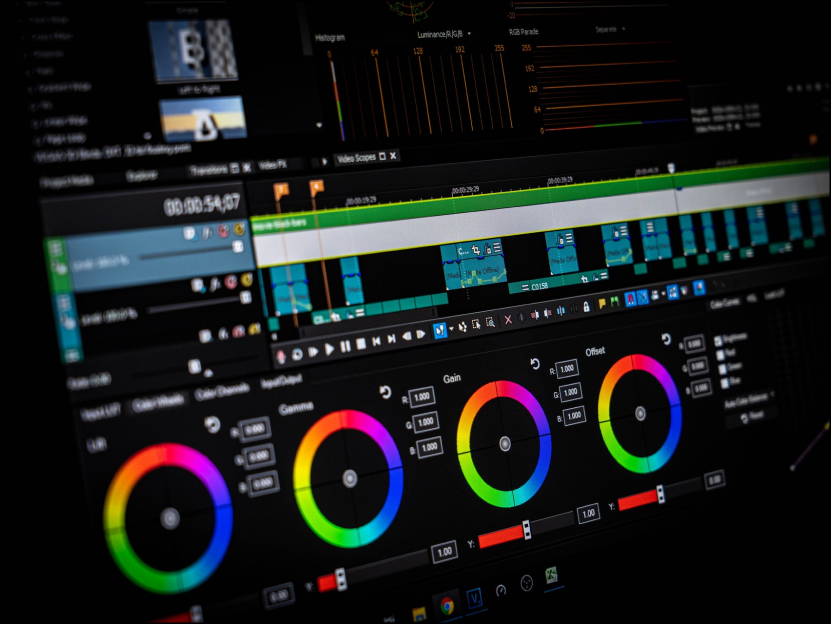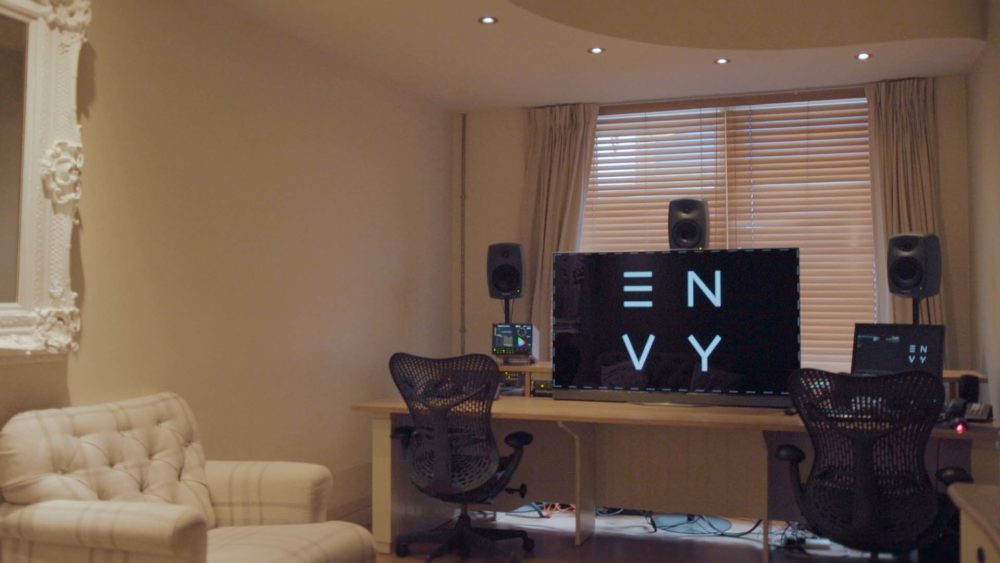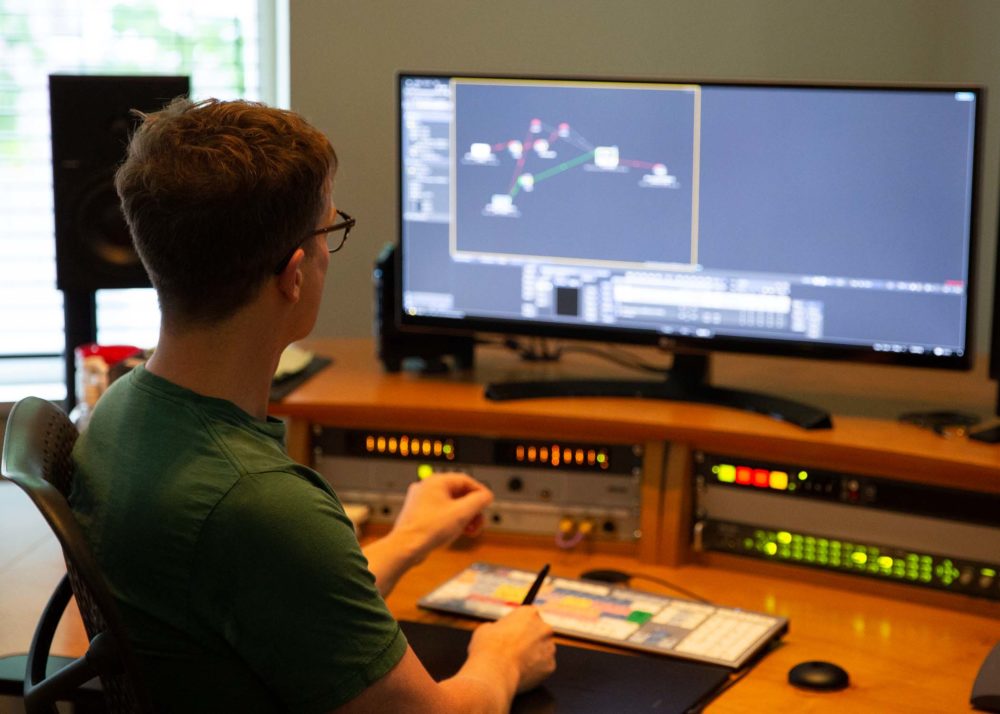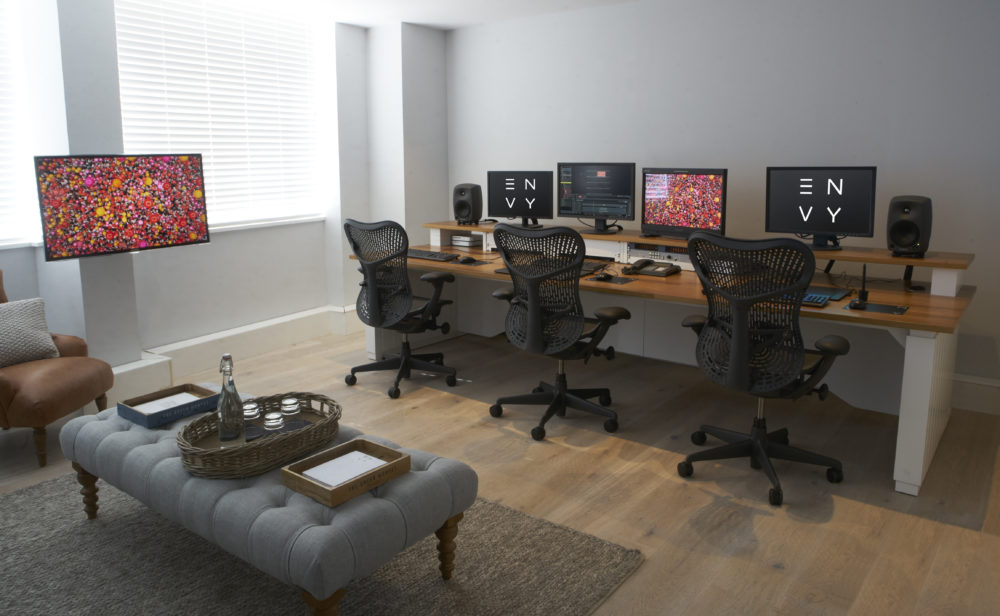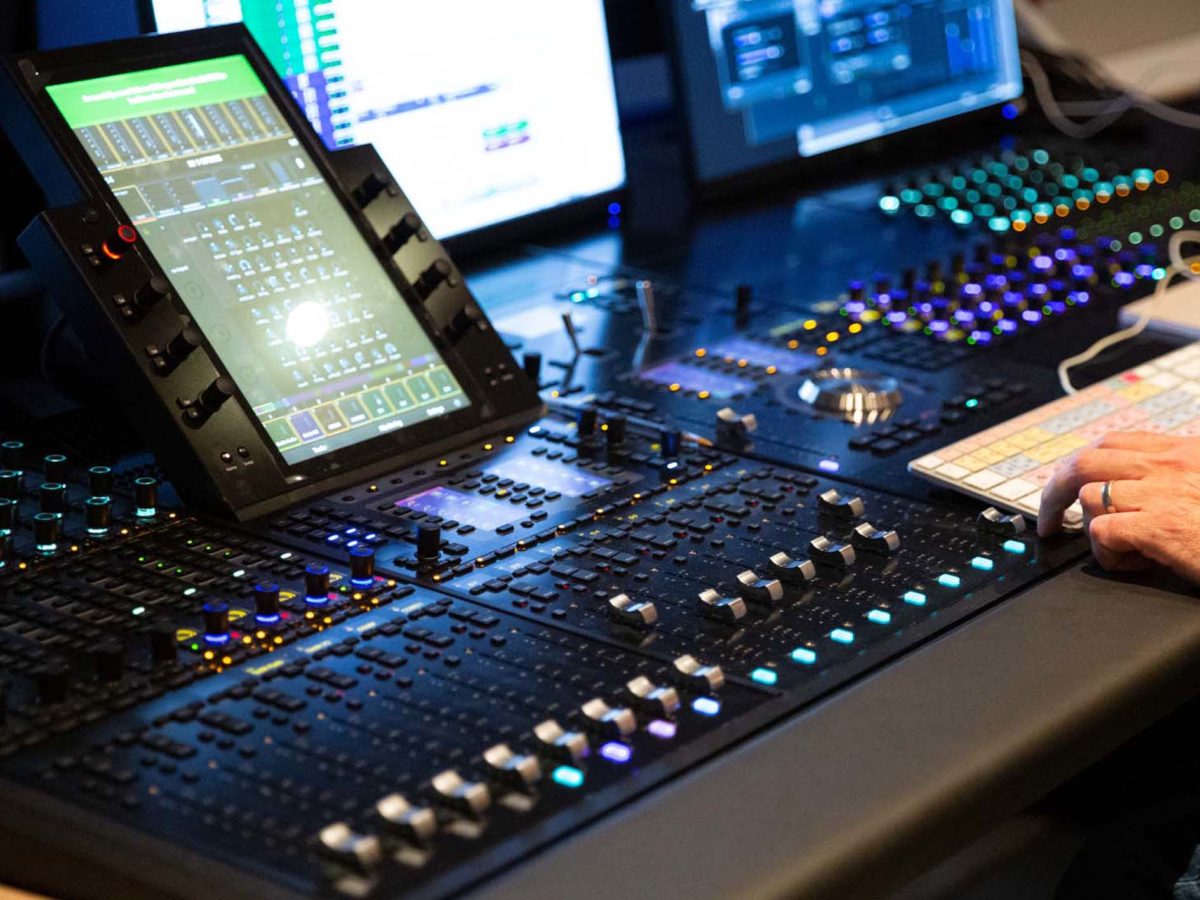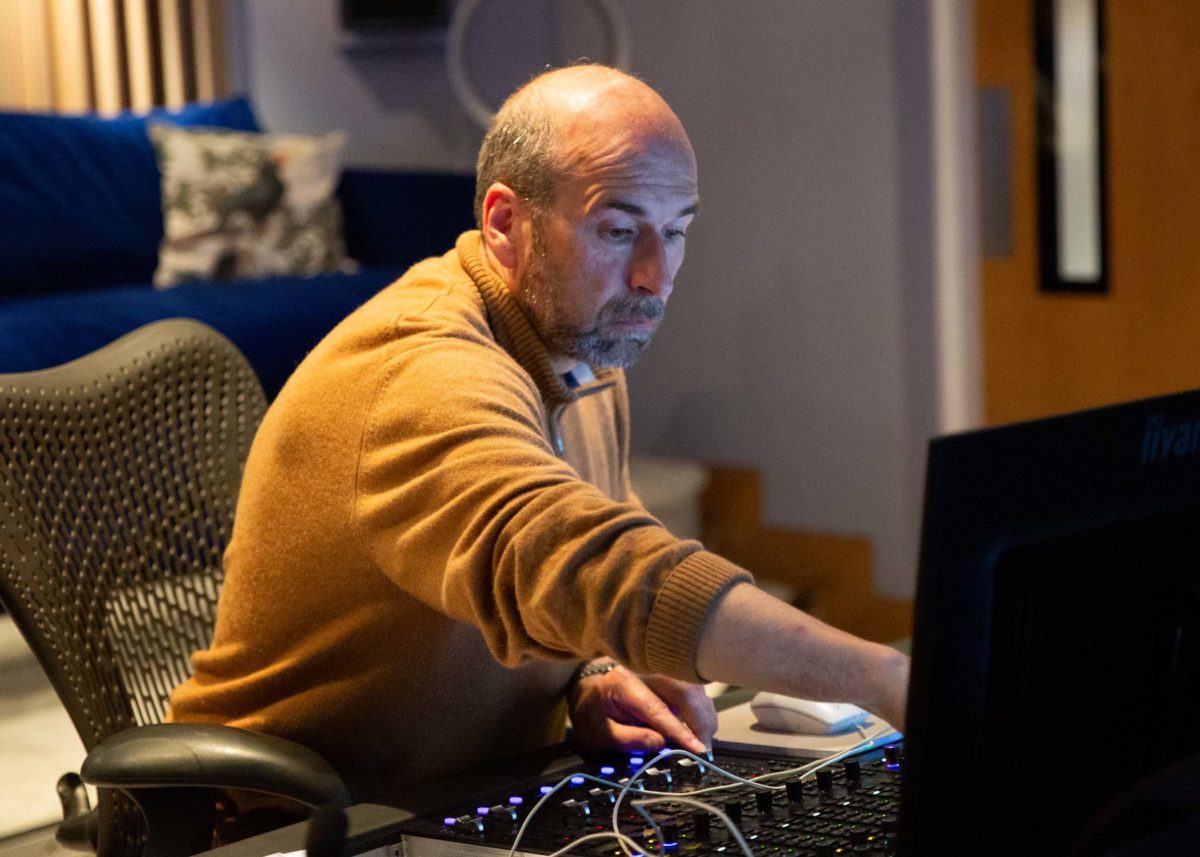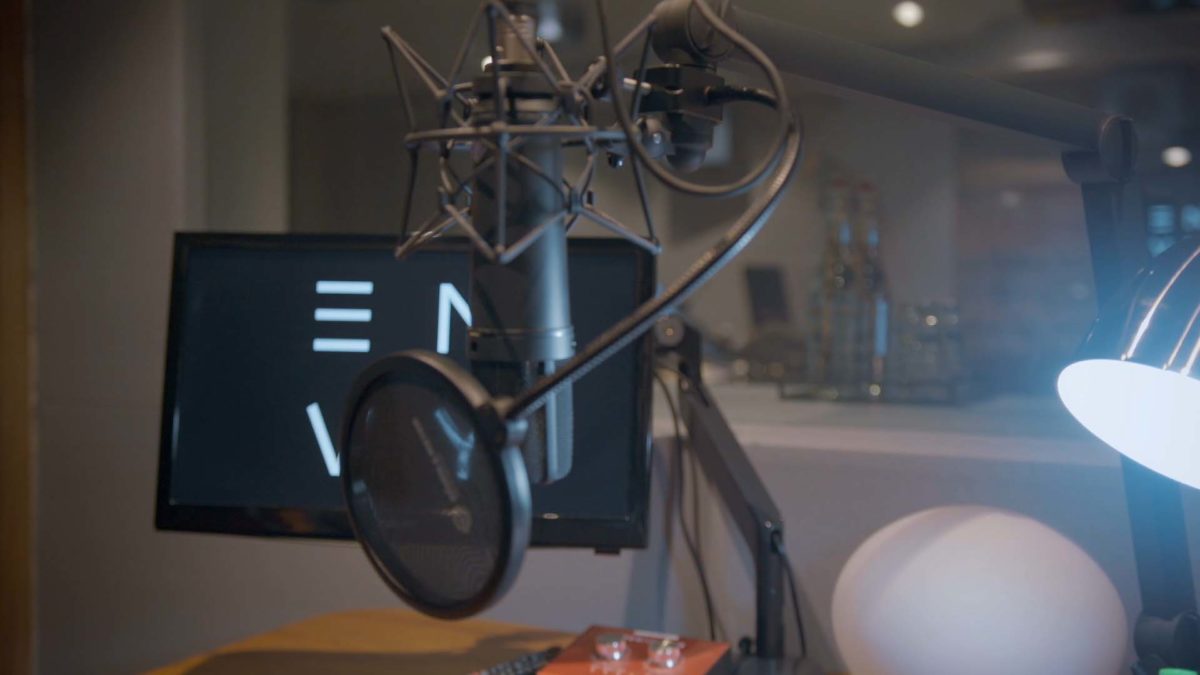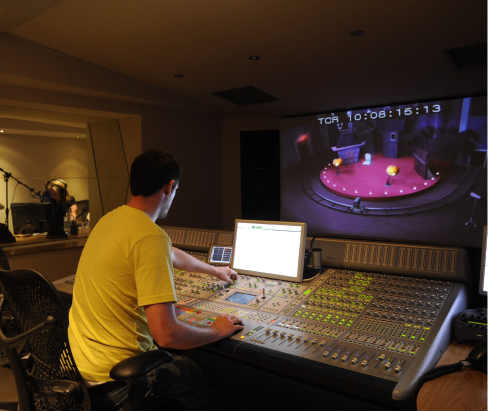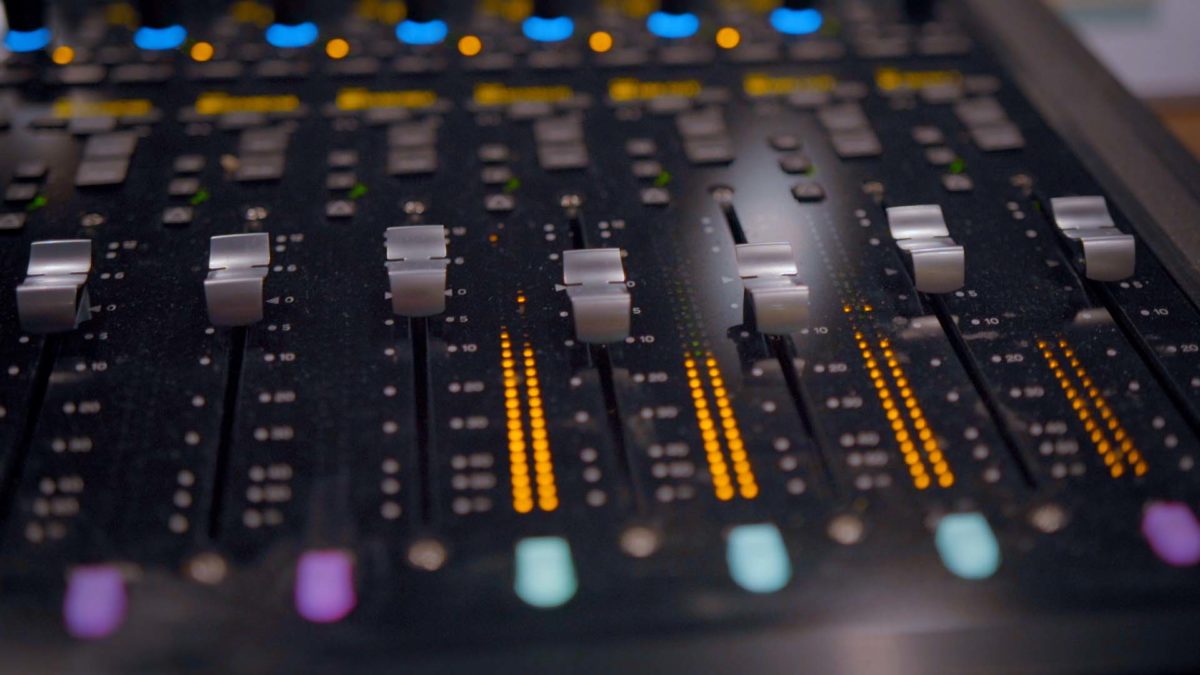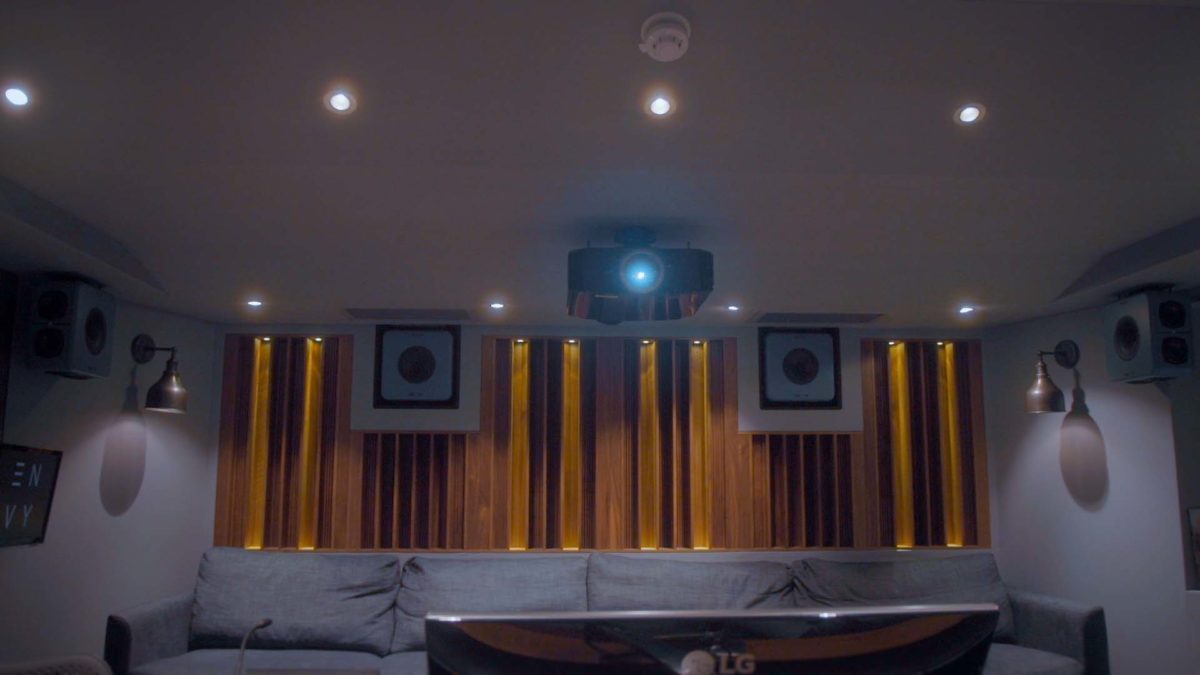Though the reality version of Squid Game isn’t a matter of life or death, there is still a lot on the line. Transforming the South Korean series into the biggest reality competition ever with 456 players competing to win $4.56 million dollars pushes each player to their limits. Squid Game: The Challenge sees Netflix provide the largest cash prize in reality television history. Through a series of games, each player is forced to ask themselves just how far they’ll go to win, making alliances, deploying different strategies and walking a tightrope of trust and betrayal on their way to the prize.
To pull off such an ambitious production, Studio Lambert and The Garden enlisted the help of ENVY’s onset specialist workflow division, ENVY CAPTURE. The CAPTURE team, under the direction of Studio Lambert’s production management team were on-hand throughout the entire shoot, creating unique rigs for each game, managing the multitude of media record streams, as well as logging and archiving the material ready for the offline edit at ENVY’s central London facilities. In a behind-the-scenes look, the ENVY CAPTURE team discuss the role they played on set, some of the most exciting challenges and what the future holds for fixed rig productions going forward.
